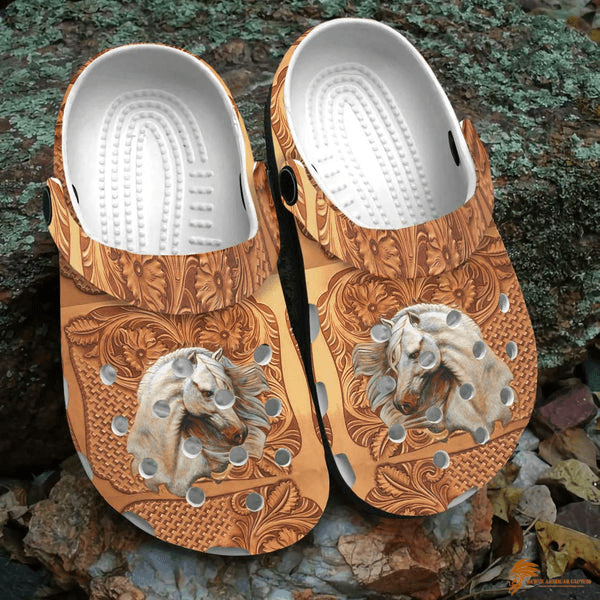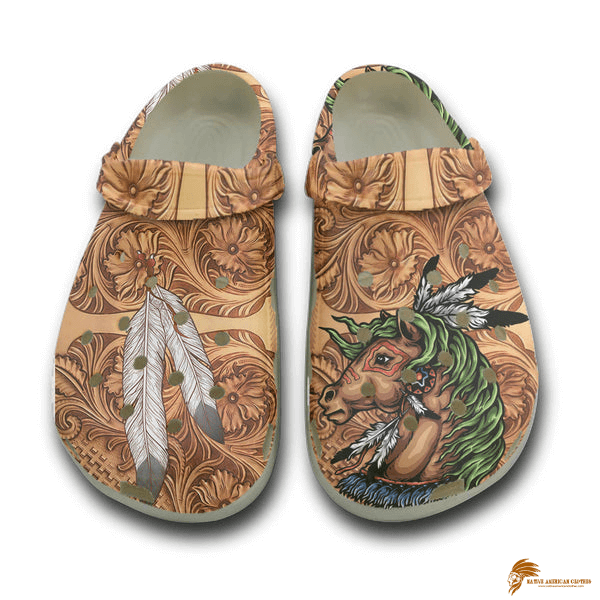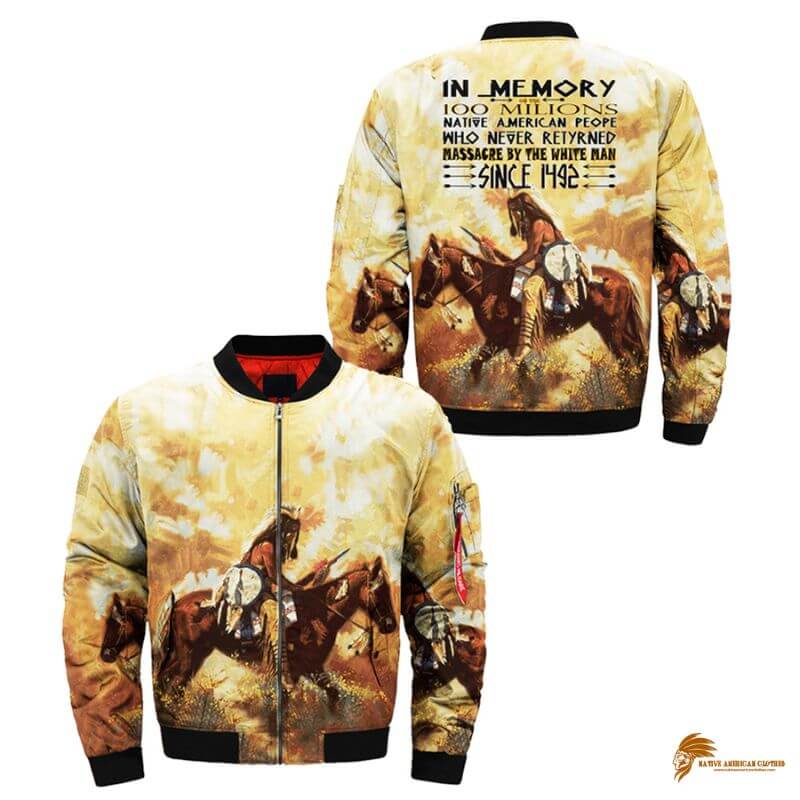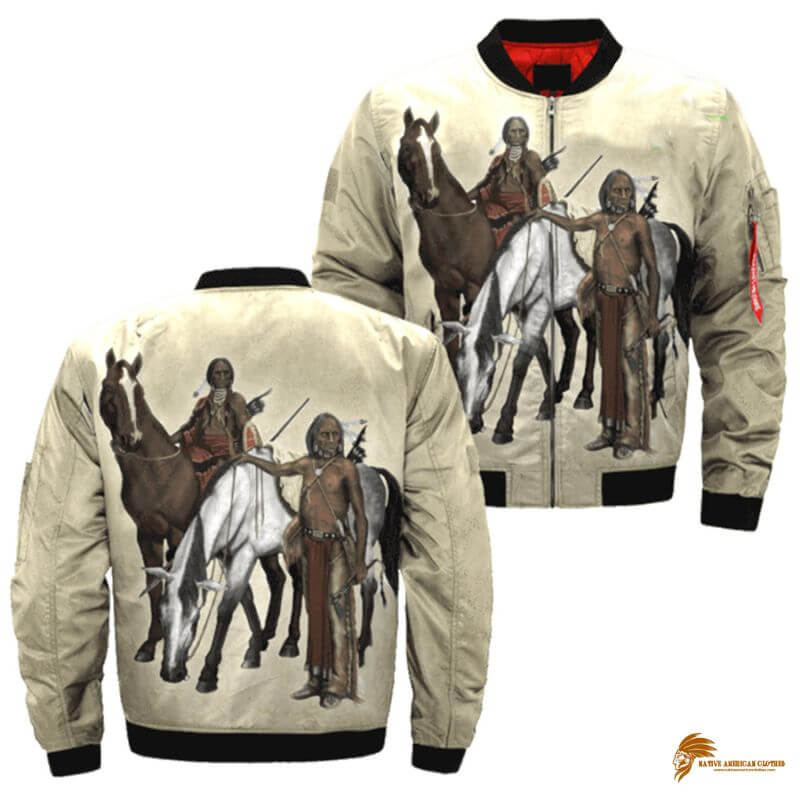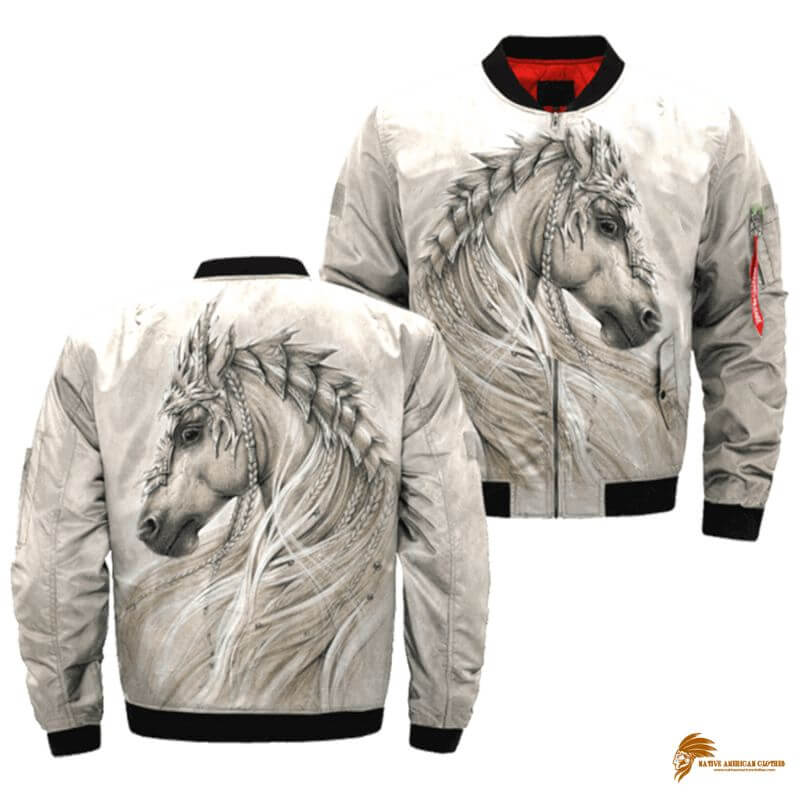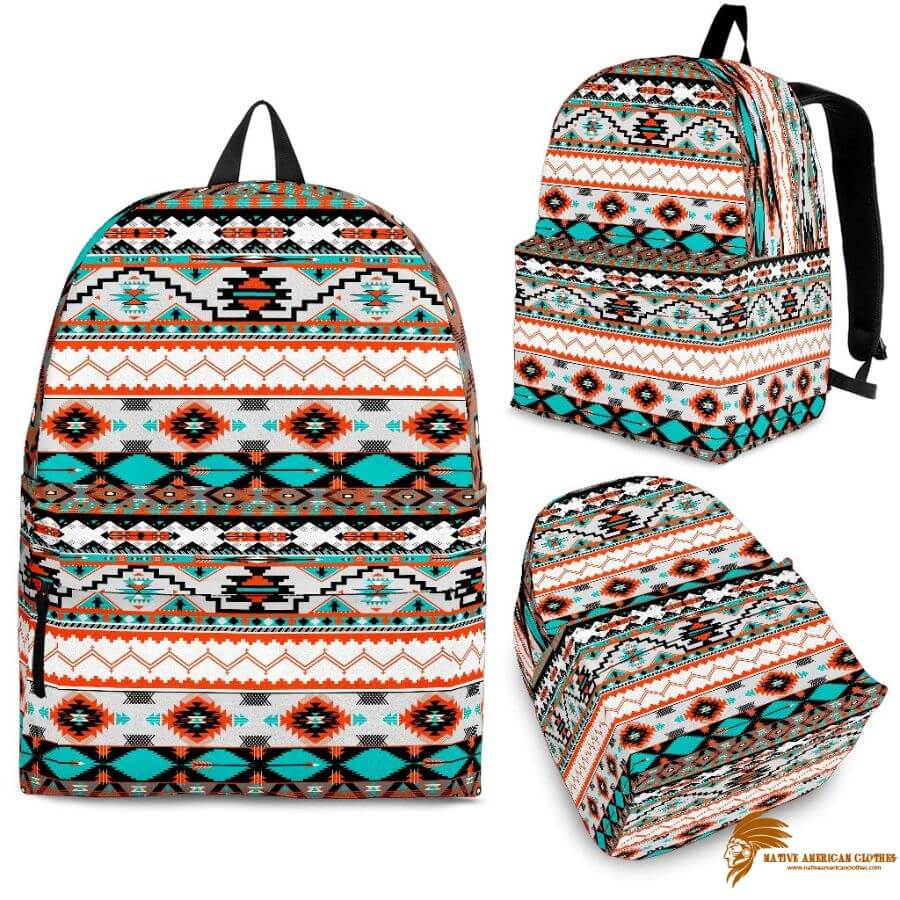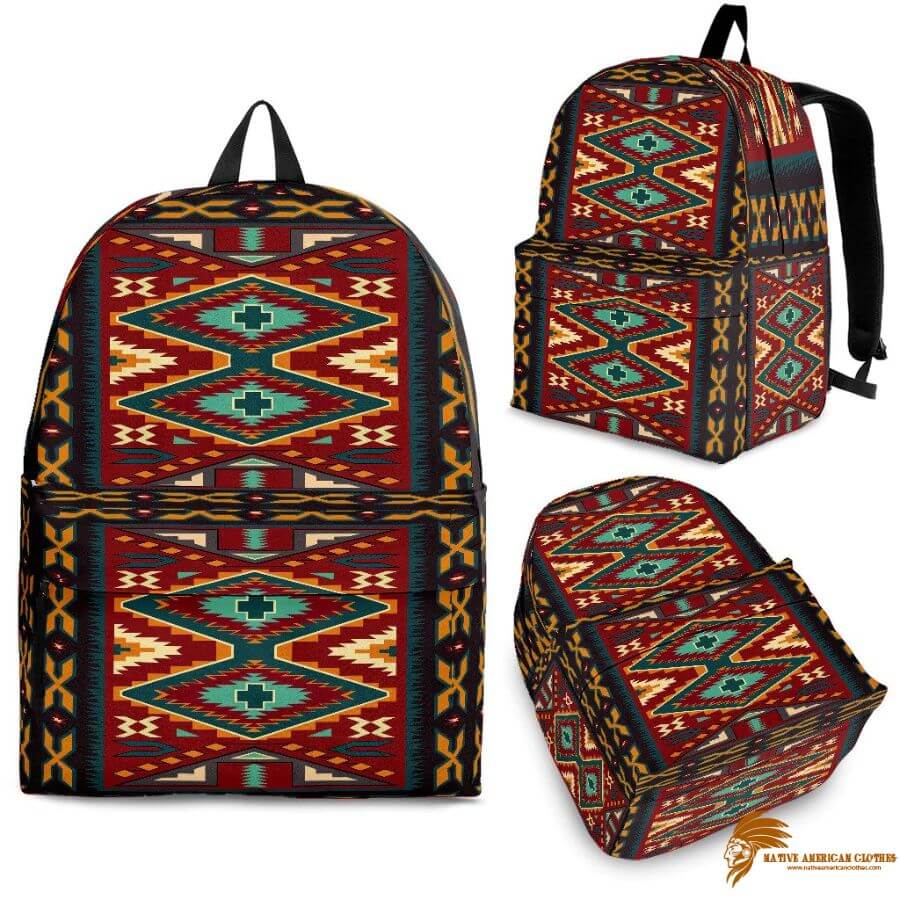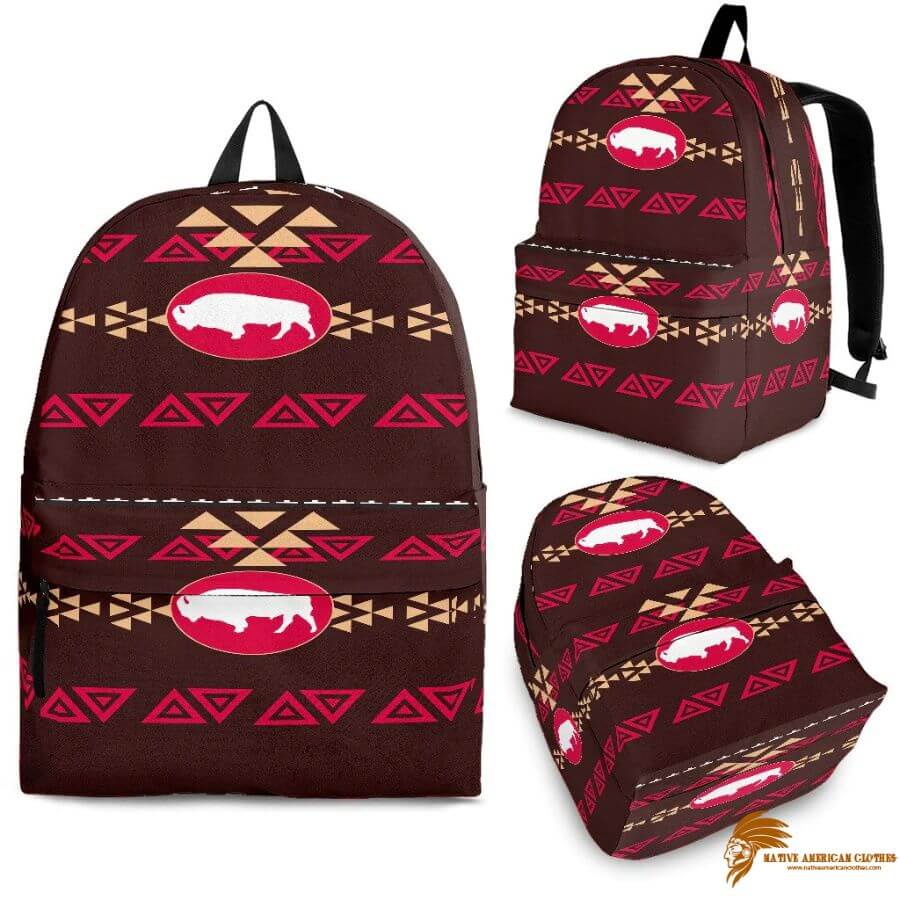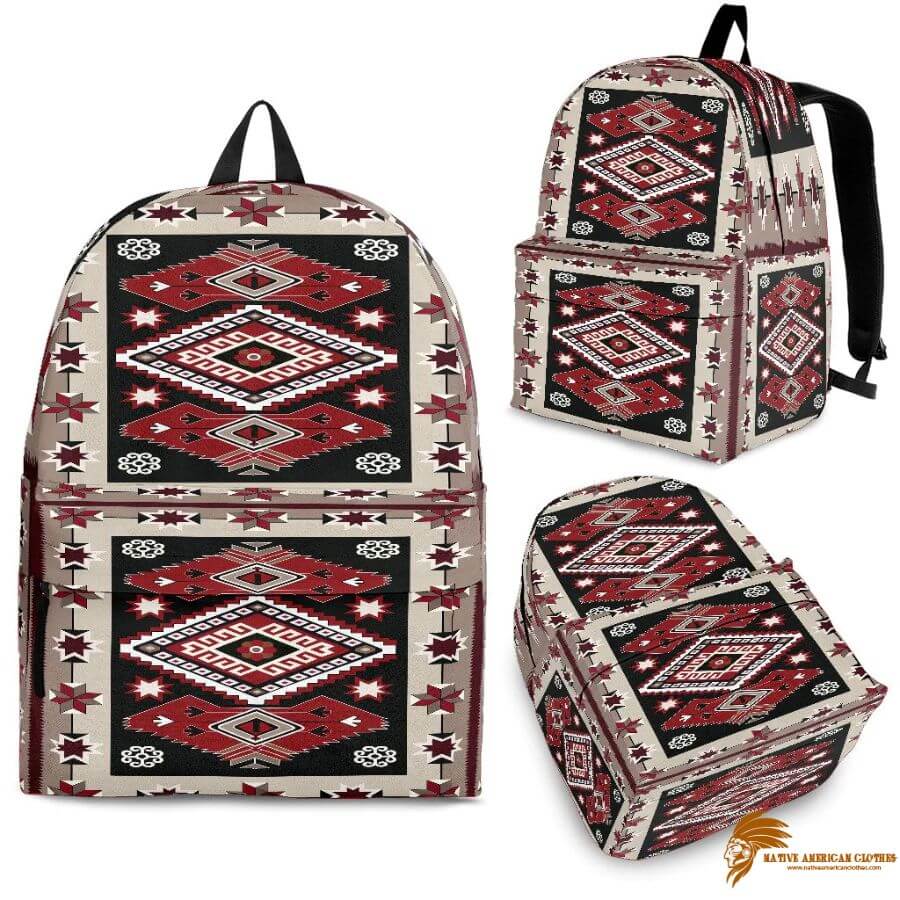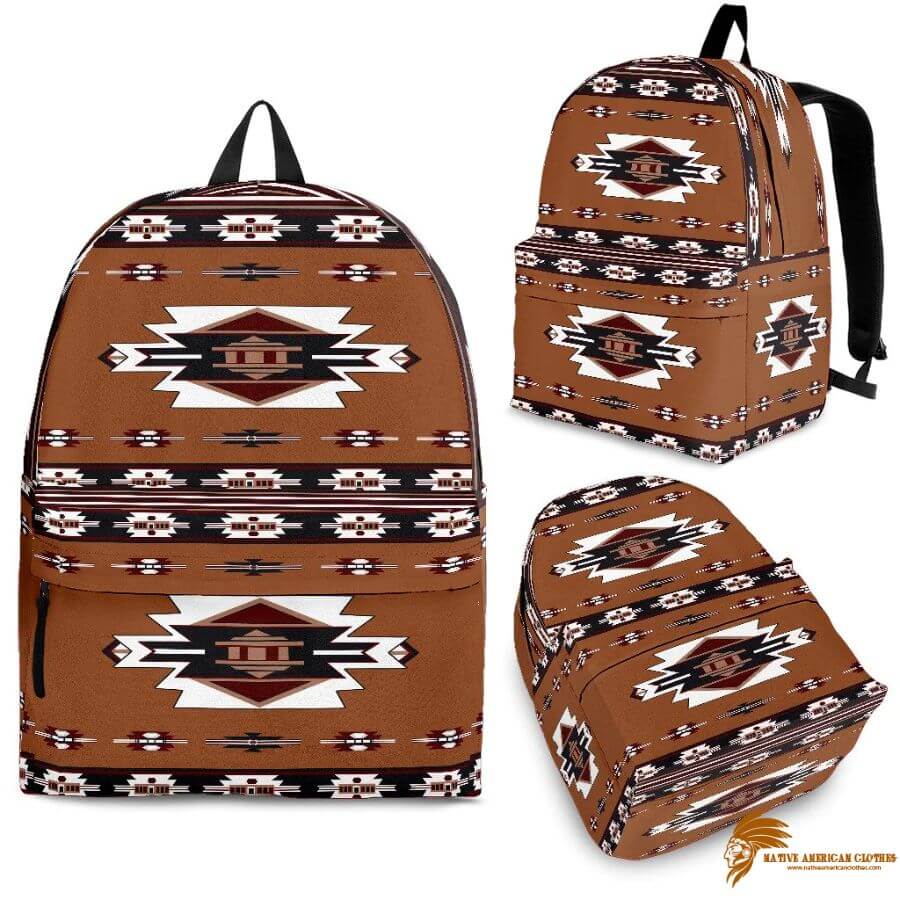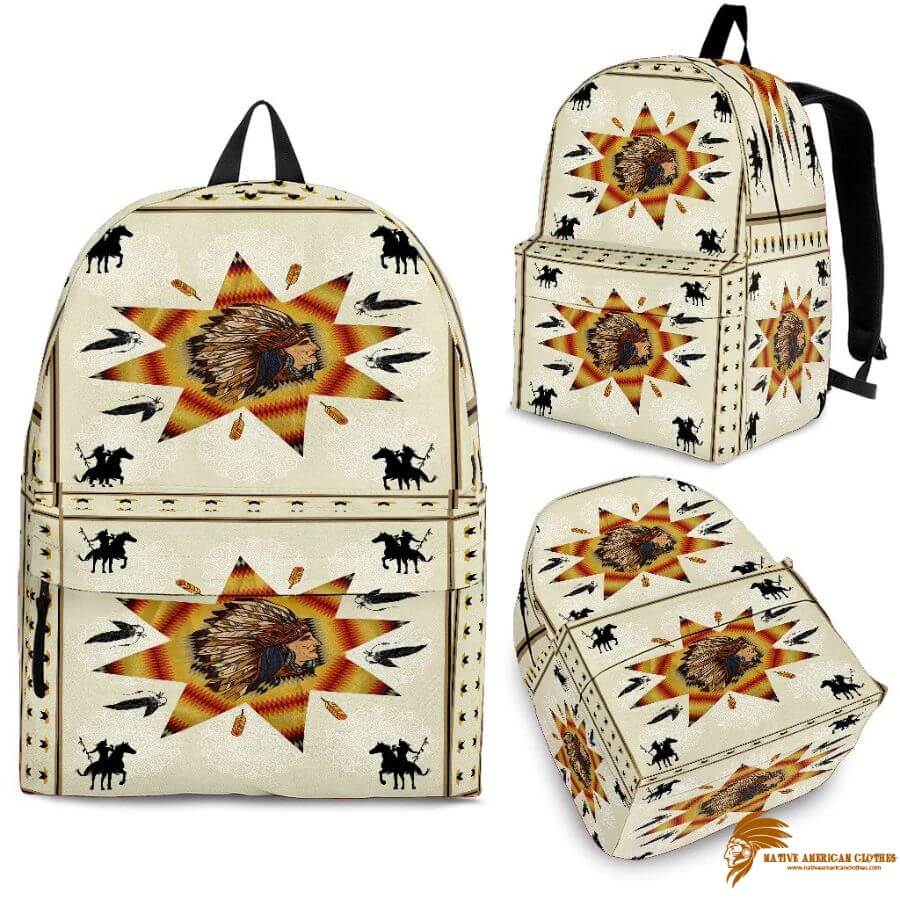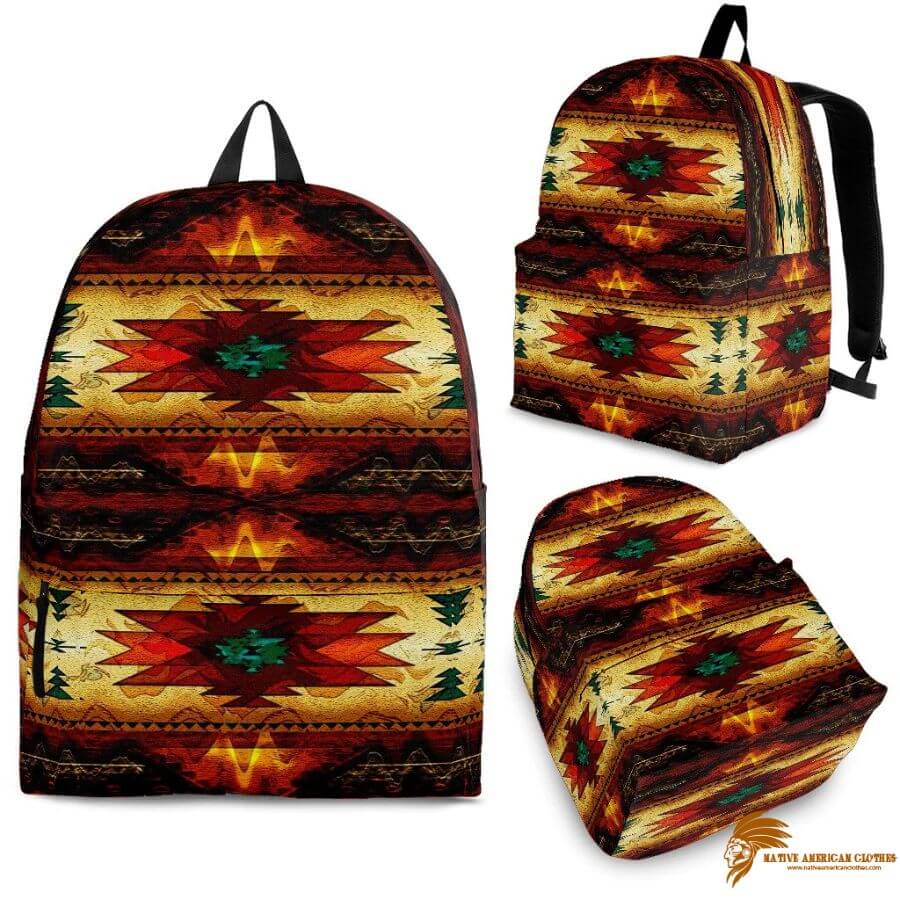The Native American horse war paint is far more than a mere adornment or embellishment; it is a profound symbol steeped in the rich tapestry of Indigenous American traditions. This symbol, which has graced warriors and horses for generations, carries with it a deep and spiritual significance that transcends the realms of mere aesthetics.
In this exploration, Native American Clothes will journey through the layers of history and meaning to uncover the true essence of real Native American horse war paint and the profound symbolism it represents.
What does the paint on the Indian war horses mean?
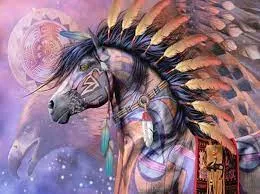
Preparing the Psyche for Battle
In the heart of Indigenous American societies, a unique and profound tradition thrived—a tradition that delved deep into the realm of psychological preparation for war. It was a practice that not only adorned the warriors but also served as a powerful spiritual invocation. This tradition was none other than the art of body painting, a practice that would become an integral part of Indigenous American cultures.
Harnessing the Elements: Charcoal, Cherries, Leaves, and Ocher
The canvas for this ancient art form was the human body itself, and the materials were sourced from the bountiful offerings of the natural world. Charcoal, cherries, leaves, and ocher, a rich red clay, were the chosen pigments. With these humble elements, intricate shapes, dots, and figures were meticulously crafted, each bearing the unique signature of the tribe to which the warrior belonged.
The Ferocity of Appearance: A Spiritual Armor
Before the warriors ventured into the crucible of battle, they underwent a transformation that extended beyond the physical realm. The body painting ritual was not merely an aesthetic endeavor; it was a means to imbue the warriors with an aura of ferocity. As the designs took shape on their faces and bodies, a spiritual protection was evoked, creating a palpable connection between the warrior and the unseen forces that guided their fate.
Colors of Significance: The Language of Pigments
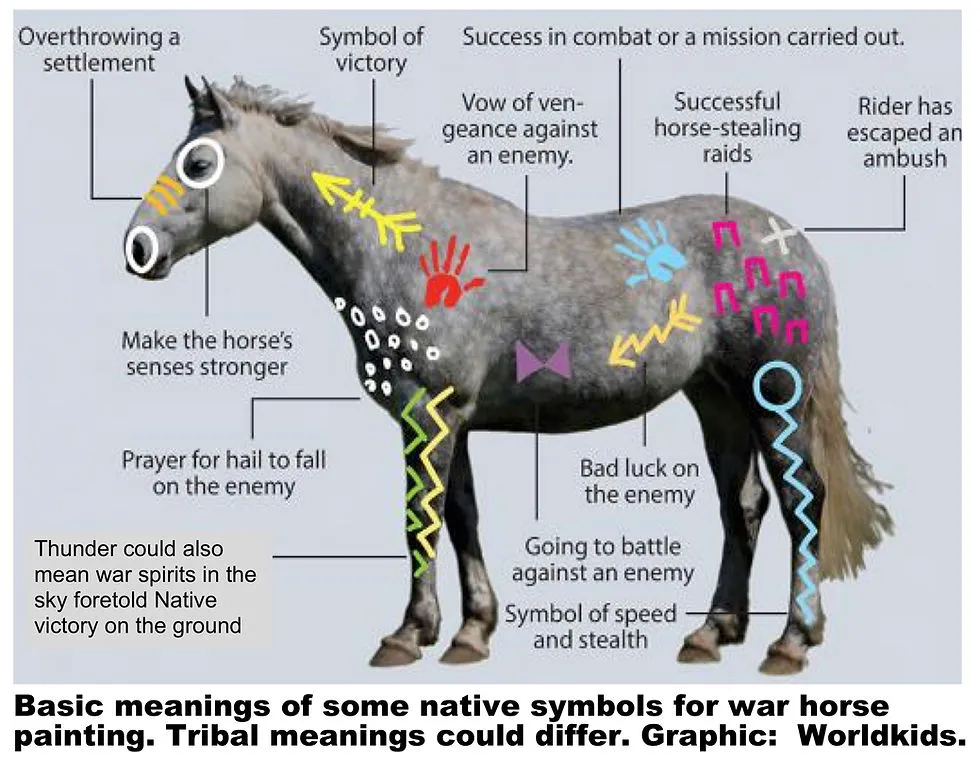
Color held profound significance in this ritual. Among the Cherokees and several other Native American groups, red was the color of choice for painting a warrior’s face. It symbolized the inherent violence that lay dormant within them, ready to surge forth in the heat of battle. Some tribes took a different path, recognizing black as the color of the ‘living.’ In preparation for war, warriors would adorn their faces with this solemn hue, a potent symbol of their impending confrontation with mortality.
Honoring Bravery: Post-Battle Body Art
The journey of a warrior did not end with the battlefield. Successful fighters returned to their communities bearing the weight of their achievements, and their bodies bore the marks of valor. In a manner not so dissimilar to modern-day soldiers receiving badges and medals, Indigenous American warriors were adorned with symbols that celebrated their battlefield triumphs.
These symbols were a testament to their bravery and acts of courage, serving as a living testament to their unwavering commitment to their people.
The art of body painting in Indigenous American societies was not just about adorning the flesh; it was a profound journey into the essence of war, courage, and spirituality. Through intricate designs and vibrant pigments, warriors were transformed, not only in appearance but also in spirit. It was a ritual that fortified their resolve, connected them to their ancestral spirits, and ensured that they ventured into battle as fierce protectors of their tribes.
What does a painted horse symbolize?
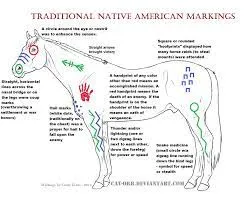
In the early 1500s, the vast landscapes of North America bore witness to a transformative encounter as Spanish explorers set foot on its shores, bringing with them a remarkable gift – the “painted ponies.” These equine marvels, which hailed from breeds such as the Barb, Andalusian, and Arabian, marked the introduction of horses to Native American territories. It was a momentous occasion, igniting a profound connection between the indigenous people and these majestic creatures that would forever shape the history of the American West.
The Arrival of the “Painted Ponies”
For the Native Americans, encountering these horses was a revelation. It was the first time they had laid eyes upon such magnificent specimens, and they were awe-struck. These newly introduced breeds were often multi-colored or dappled, a striking departure from the solid-colored horses that the indigenous peoples were accustomed to.
In those early days, the term “pintados” or “pintos” was used to describe any horse with vibrant, varied markings. It’s important to note that “Paints” and “Pintos” would eventually emerge as distinct breeds, but for now, our focus is on their enthralling beginnings.
The Native Americans’ Affection for Paint Horses
The Native Americans quickly developed a profound affection for these captivating horses, so much so that they embarked on daring raids of farms and rival tribes to acquire them. Among the admirers of these horses, the Comanche people stood out prominently. They held the Paints in such high regard that they adorned their buffalo skin robes with intricate depictions of these remarkable creatures.
The Role of Paint Horses in Native American Life
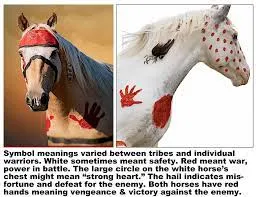
Paint horses played an instrumental role in reshaping the way of life for many indigenous tribes. These horses enabled the Plains tribes, in particular, to transform into nomadic hunters and fierce warriors. With their newfound equine companions, they could seamlessly keep pace with the thundering herds of buffalo that roamed the vast plains. But it wasn’t just their speed that endeared these horses to the Native Americans; they believed these animals possessed mystical properties.
The Magic of the “Medicine Hat” Markings
Within the realm of Paint horses, those adorned with distinctive “medicine hat” markings held a special place in Native American folklore. It was believed that these horses possessed the power to safeguard their riders from harm and even death during times of conflict. In the intricate patterns on their coats, the indigenous peoples found not just aesthetics, but a connection to the spiritual realm.
A Fusion of Bloodlines
As time passed, the genetic tapestry of these horses continued to evolve. English settlers introduced Thoroughbred horses into the equation, resulting in crossbreeds that combined the stamina and amiable nature of the “painted ponies” with the endurance and agility of Thoroughbreds. These new equine companions proved invaluable as working stock horses, excelling in various tasks. They also displayed a remarkable aptitude for trail riding, solidifying their reputation as exceptional companions.
The Emergence of American Paint Horses
Within this evolving equine landscape, a distinctive subset of horses emerged – the American Paint horses. These were Quarter horses that exhibited a wide range of vibrant colors and markings. They embodied the perfect fusion of utility and aesthetics, becoming iconic figures in the annals of American horse breeding.
Join us on a captivating journey through the history, significance, and splendor of Native American Paint horses. From their first encounters with indigenous peoples to their enduring legacy in the American West, these horses have left an indelible hoofprint on the rich tapestry of history.
Product printed Native American Horse War Paint
Incorporating the rich cultural heritage of Native American horse war paint into your lifestyle can be a profound way to connect with the symbolism and traditions of Indigenous American societies. From crocs to jackets, rugs to bedding, you can infuse your daily life with the meaning and spirit behind these age-old practices.
1. Crocs with a Story
Imagine slipping into a pair of crocs that bear the symbols and patterns of Native American horse war paint. Each step you take becomes a connection to the warrior’s path, a journey marked by courage and spiritual significance. These crocs are not just footwear; they are a testament to the strength and resilience that the warriors embodied. Let every stride remind you of the unwavering spirit that guided them through challenges.
2. Jacket of Valor
A jacket adorned with the artistry of horse war paint is more than a piece of clothing; it becomes a symbol of your own inner strength. The intricate designs etched on its fabric carry the legacy of warriors who faced adversity with bravery. When you wear this jacket, you envelop yourself in the spirit of those who once painted themselves for battle. It’s a reminder that you too can overcome obstacles and emerge victorious.
3. Rug of Heritage
Transform your living space with a rug inspired by Native American horse war paint. Each step taken on its surface echoes with the resonance of tradition and history. As you walk across the rug, you honor the Indigenous American cultures that held this ritual dear. It’s more than decor; it’s a tapestry of heritage woven into the fabric of your home.
Incorporating Native American horse war paint into your daily life through products like crocs, jackets, rugs, and bedding is more than a style choice; it’s an opportunity to honor the traditions of Indigenous American societies.
It’s a way to carry the spirit of the warriors with you, to draw from their courage, and to connect with the deeper meanings they held dear. So, step into your crocs, don your jacket, walk on your rug, and rest in your bedding, all while embracing the heritage that enriches us all.
Read more: Which Is Native American Paint By Numbers?



